- News
-
-
-
-
-
Latest News Articles
- 2024 TWS Elections: Southwest Representative April 25, 2024
- Can these butterflies fill the gap left by their extinct relative? April 25, 2024
- Q&A: TEK and the wildlife profession April 24, 2024
-
-
-
- Wildlife Professional Resources
-
- Our Network
-
- PUBLICATIONS
-
-
Recent Posts
-
 The Wildlife Professional November/December Issue
November 1, 2023
The Wildlife Professional November/December Issue
November 1, 2023
-
-
-
-
-
-
- Wildlife Events
-
-
-
Upcoming Webinars
- No Events
-
-
-
- Who We Are
-
Month: December 2014
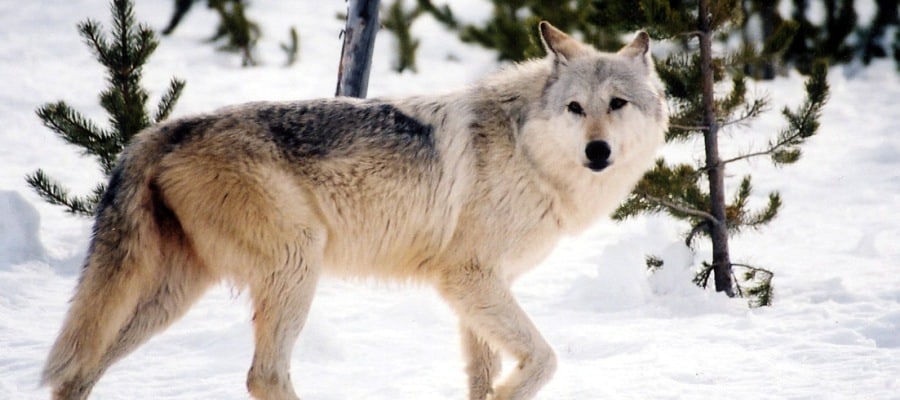
December 27, 2014
Great Lakes Wolves Back on ESA List
A federal judge has placed gray wolves in Minnesota, Wisconsin, and Michigan back under Endangered Species Act protections. The U.S. Fish and Wildlife Service originally de-listed the species in 2011....
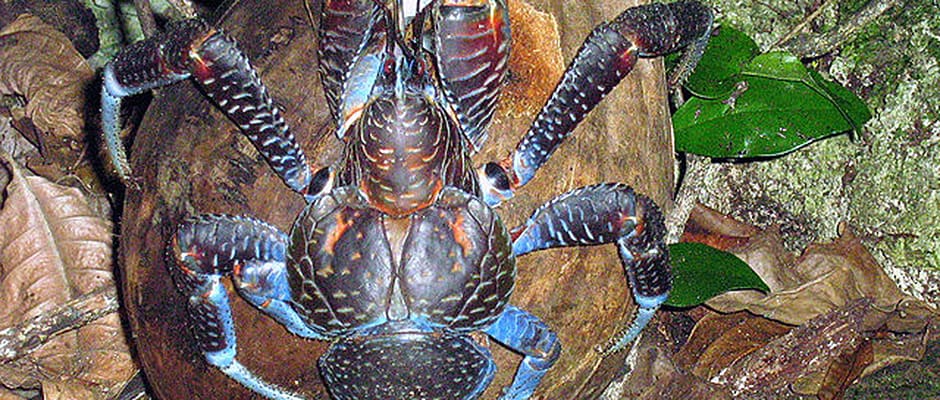
December 27, 2014
Discovering the World’s Largest Land Crab
Have you heard of the coconut crab? Found on small islands in the tropical Indian and Pacific oceans, this crab is so large it can break open coconuts with its...
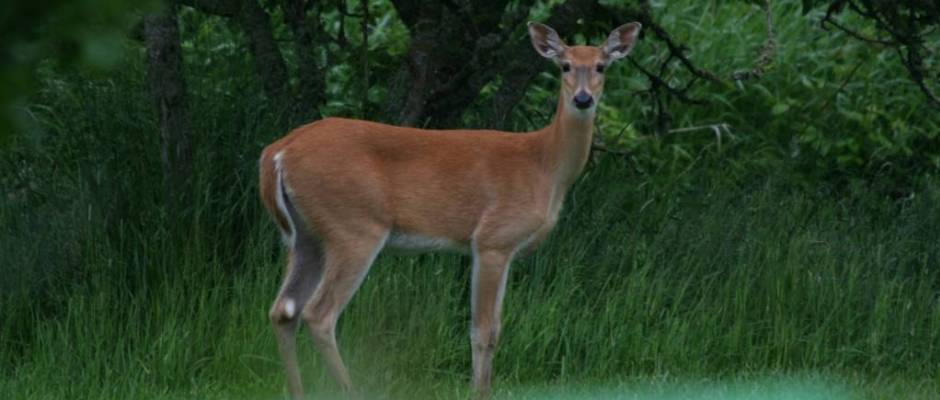
December 27, 2014
Study Finds Feral Cats Likely Driving Disease Among Deer
Free-roaming domestic cats (Felis catus) are widely understood to have substantial negative impacts on wildlife. The International Union for the Conservation of Nature (IUCN) lists cats among the world’s worst...
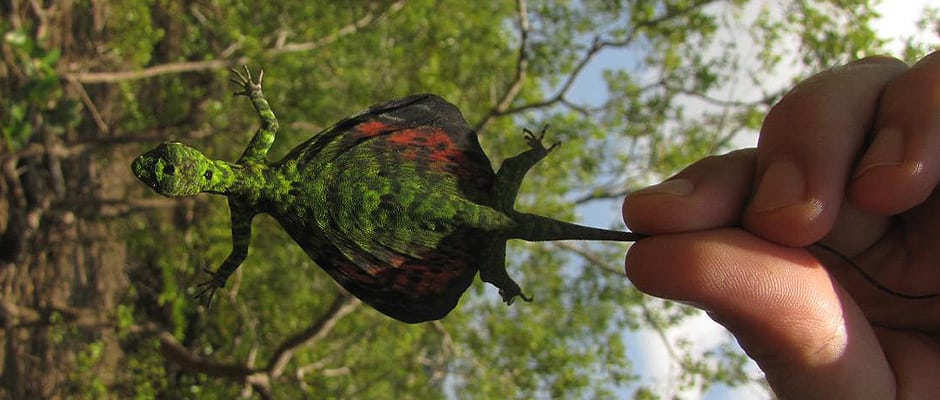
December 24, 2014
Flying Dragons Hide Behind the Colors of Christmas
Flying dragons in Borneo adopt Christmas colors to mimic the red and green hues of falling leaves in an effort to hide from predatory birds, according to new research. But...
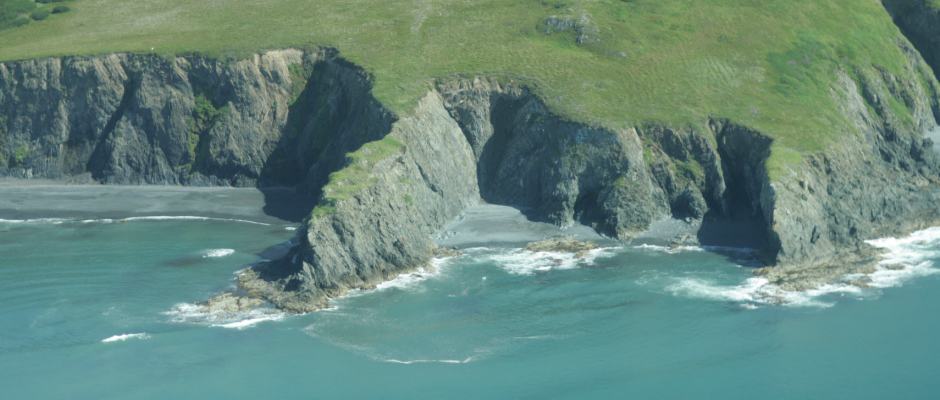
December 24, 2014
Obama Bans Drilling in Bristol Bay
President Obama banned oil and gas development in Alaska’s Bristol Bay last week. The President’s memorandum removes approximately 32.5 million acres from development. This is the third time a President...
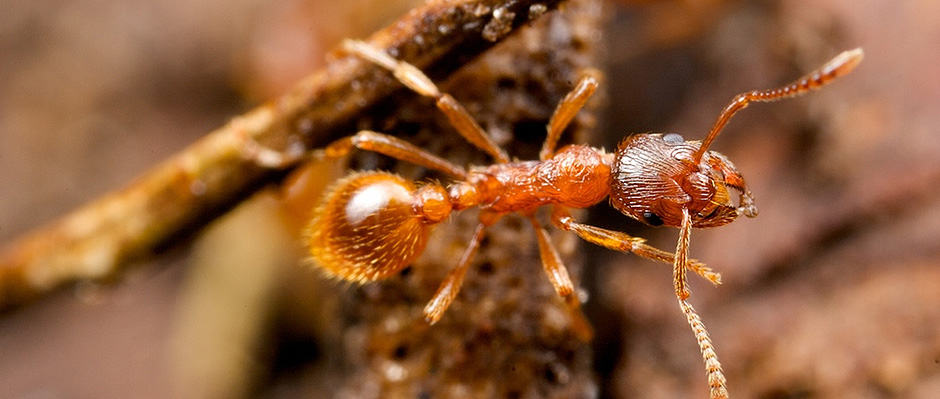
December 24, 2014
Feisty Fire Ants Could Cause “Invasional Meltdown”
Feisty invasive fire ants known for their painful bite could be helping the spread of invasive plant species in the parts of the North American Northeast in what some scientists...
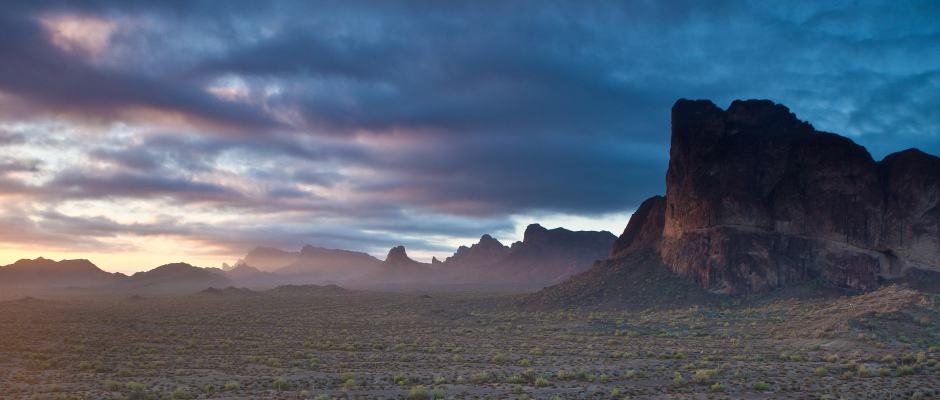
December 24, 2014
Three Additions to Policy Brief Series
The Policy Brief Series, TWS’s go-to resource for federal policies and programs, welcomes three new additions. Members of The Wildlife Society can now readily access information regarding the Farm Bill:...
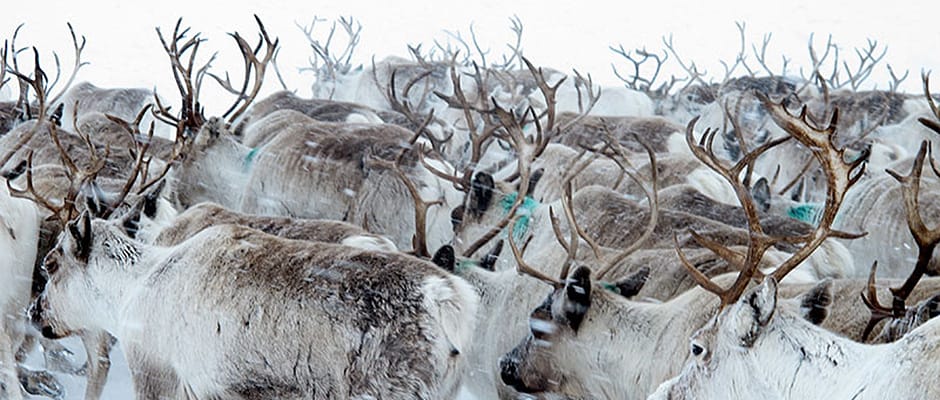
December 23, 2014
Reindeer Populations Are In Trouble Worldwide
Reindeer populations around the world are declining. Currently, these ungulates live in Finland, Sweden, Norway, Alaska, Canada, Russia, Mongolia, and China, where the population has declined about 28 percent. Read...

December 23, 2014
President’s Podium: Have You Answered My Question?
I hope that you have had a productive, fun-filled, and joyful year in each of your respective endeavors that relate to our wildlife resources. For me, 2014 no doubt represents...
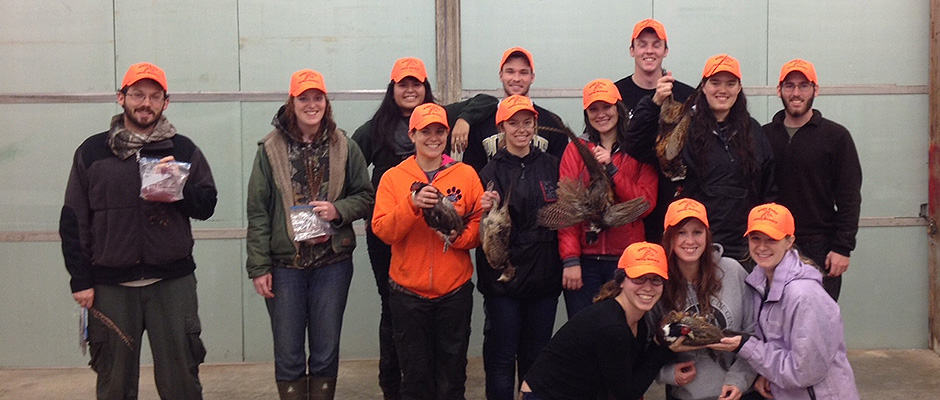
December 23, 2014
Wildlife Students Learn About Hunting
Wildlife students in Indiana are learning to hunt with help from the Indiana Department of Natural Resources (DNR) and the Indiana Chapter of TWS. The Wildlife Student Hunting program was...

